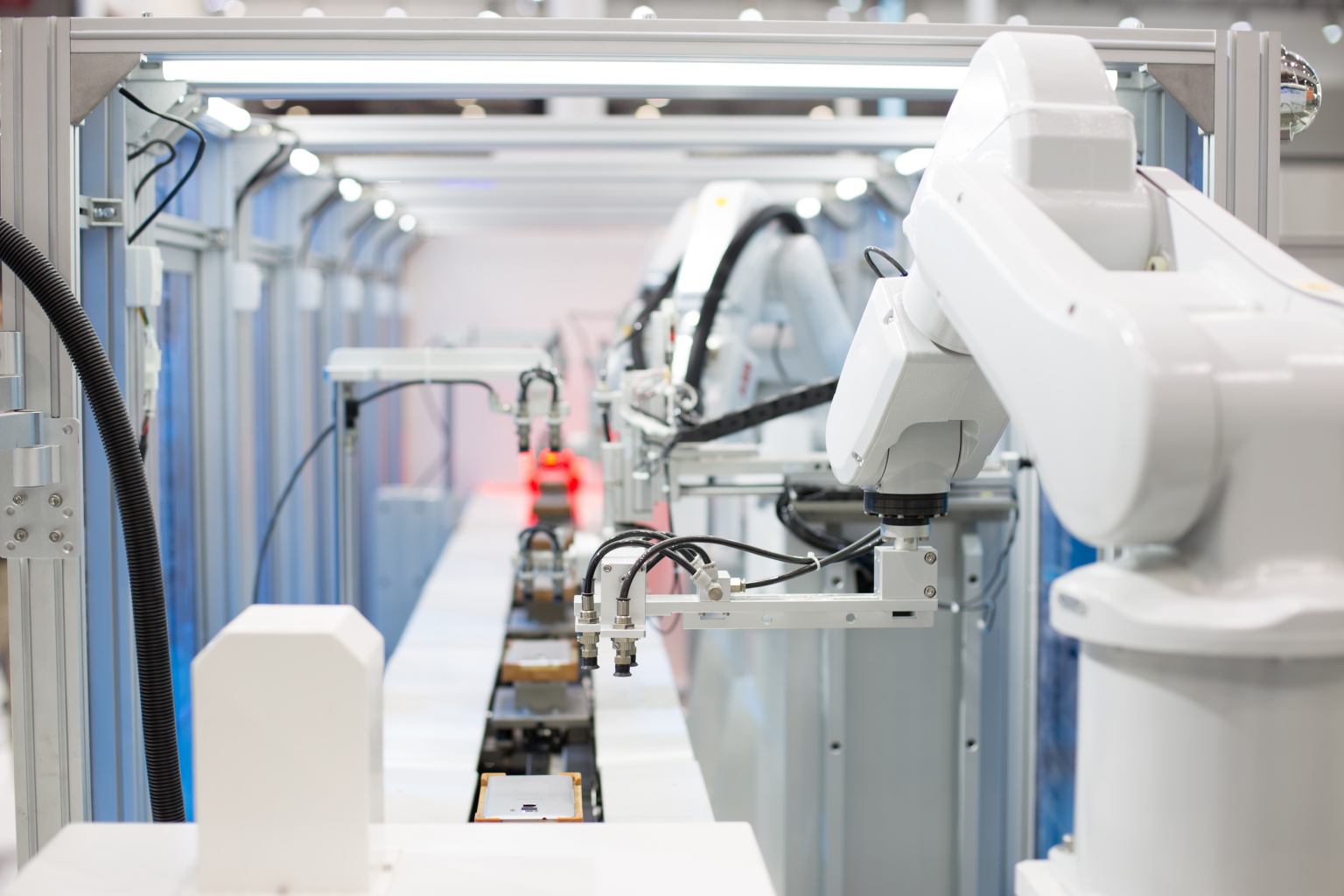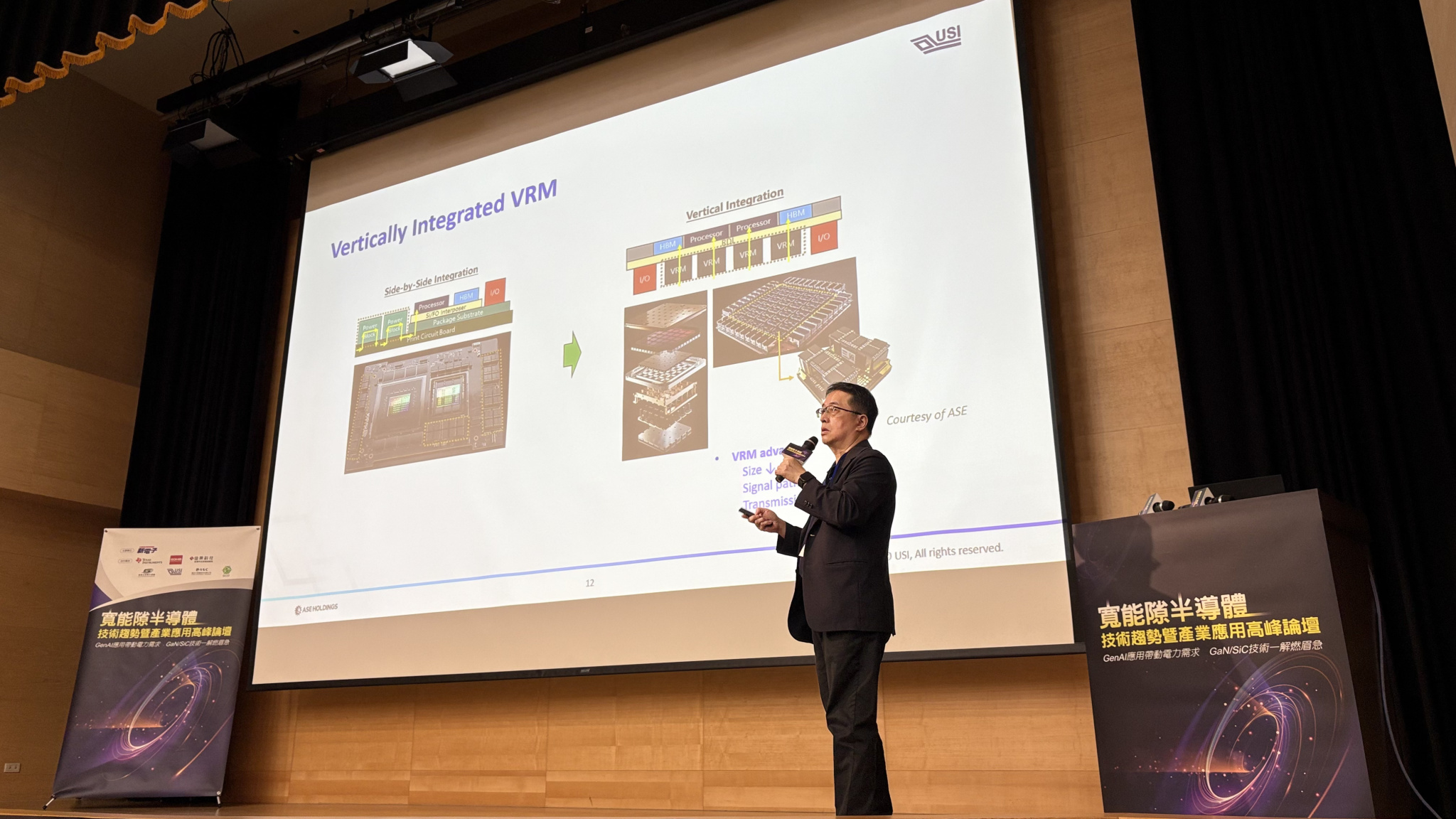Search
- 11/22/2021
4 Essentials in Industrial 4.0 you should keep an eye on
Ever since the invention of computers, we have seen how an overhaul in mass production is managed. In the era of Industrial 4.0, "computers and automation will come together in an entirely new way, with robotics connected remotely to computer systems equipped with machine-learning algorithms that can learn and control the robotics with very little input from human operators," big data guru Bernard Marr wrote in Forbes. Further, he added,
Data analytics, robotics, cloud computing, artificial intelligence, and intelligent sensors are not only increasing mass personalization but also increasing efficiency. Global industry leaders such as Microsoft, Epson, Lockheed Martin, General Motors, Intel, and IBM are all investing their resources for smart manufacturing.Industry 4.0 introduces what has been called the 'smart factory'
in which cyber-physical systems monitor the physical processes of the factory and make decentralized decisions.
The present supply chain is inclusive of multiple steps, such as - manufacturing, product design and development, marketing, and distribution and all the steps aren't dependent on each other. However, Industrial 4.0 along with smart manufacturing could help streamline all the steps saving effort, communication, and most importantly, time which would further create reliable and faster services.
So, what trends must manufacturers keep an eye on to emerge as an industry leader in the era of Industrial 4.0?
4 essential skills to emerge as an industry leader in the era of Industry 4.0:
- Robotics – Building an enhanced manufacturing unit with virtual and augmented reality, data analytics, and robotics using smart technology and equipment gives birth to the question: What will the workforce in the era of Industrial 4.0 look like? The model is strong despite significant challenges and the concern of robots stealing human jobs. Automation leads to new demand along with enhanced customer service. As per industry experts, automation in bulk would be used for work that is impossible, unsafe, or too imprecise for humans to perform such as those that involve extreme temperatures, toxic fumes, or demand acute precision.
These conditions ensure a robot is a complement to the workforce and not a replacement. Thanks to robots, production will see a substantial increase. The jobs which are going to be taken over by robots are going to be replaced and compensated with jobs of product categorization and volume. Additional people are required to maintain and manage robotics, manage new operations, and program robots. People can now produce things with their brains rather than physical labor.
- Seeing in 360 degrees around every corner – Provided the ability to transform production and design, augmented and virtual reality is being adapted much more these days. Virtual reality can simulate the design and development process and create a virtual assembly of products before an actual product is created which further helps on cutting down on the time of manufacturing which enables businesses to get a more realistic version of what they want from their product.
- Cloud building of intelligent factories – Factories are becoming a lot savvier with not only cloud computing but several other components such as retrofitting older equipment with smart sensors and installing them in newer and updated machines. These smart sensors can perform tasks such as recording statistics and feedback, converting data into different units of measurement, simply shutting off devices if a safety or performance issue arises, and communicating with other machines. Functions of IoT allow an analysis of production quotas, can track and consolidate control rooms, and enable the creation of predictive maintenance.
Due to industry 4.0 machines are becoming smarter and now are becoming able to provide insight on ways to improve efficiency, be able to self-report issues and generate feedback on consumer usage and product functionality. Digitizing factory operations could allow companies to minimize service interruptions while automatically fulfilling orders when product levels are low. It isn't just about the quantity of data collected but also about the quality. Take smart power grids for example, it helps conserve energy as they observe production schedules to find out peak high and low demand periods.
- Autopilot – advanced manufacturing – Automation is one of the most crucial aspects of the future of the industry. Automation enables the creation of products with the stamina and accuracy that humans tend to lack in environments that are in general unsafe for humans. A new generation of robotics is not only more user-friendly but also is much easier to program with capabilities such as image or voice recognition that can re-create human tasks while working with them. Newer robots are not only more agile and skilled but also cheaper and safer which further helps in cutting down unnecessary labor costs.
In USI, we use almost all mainstream Industrial 4.0 automation technologies and equipment for our Smart Manufacturing roadmap implementation. Technologies being implemented include Automatic Material Handling System (AMHS), 5G & 4G enabled inside factory automation equipment communication network, Real-time production equipment status monitoring with remote access dashboards, Fully Automated Light-off Robot Test Floor, AI-enabled in-line SPC for key production equipment process control, AGV based production floor WIP transfer system, Recipe Management System (RMS), Real-time clean room environment monitoring and alarming system, Fully automated 6-side product inspection system, and multiple production equipment data automation applications.
USI has a very detailed industry 4.0 smart manufacturing development plan, which we call the global 5-star industry 4.0 smart manufacturing. It has formulated our phased plan for the next five to seven years to improve the automation of our global factories. We review the system month by month, and at the end of the year, we rate the progress made by all factories in achieving their respective goals.
From the point of view of USI, automation is not simply about replacing labor with robots, but more importantly about “optimizing the existing manufacturing process through the introduction of intelligent automation". The Industrial 4.0 smart manufacturing development strategy of USI is to transform labor-intensive manufacturing to high productivity Smart Manufacturing. We have been investing in equipment automation for many years, helping customers gain competitiveness through intelligent automation strategies. Now, USI has begun to implement Industrial 4.0 data automation to improve the Company's future competitiveness.
Keep up with top trending topic
For the latest innovation technology, application
and industry insight.
Subscribe Our Blog
For the latest innovation technology, application
and industry insight.














